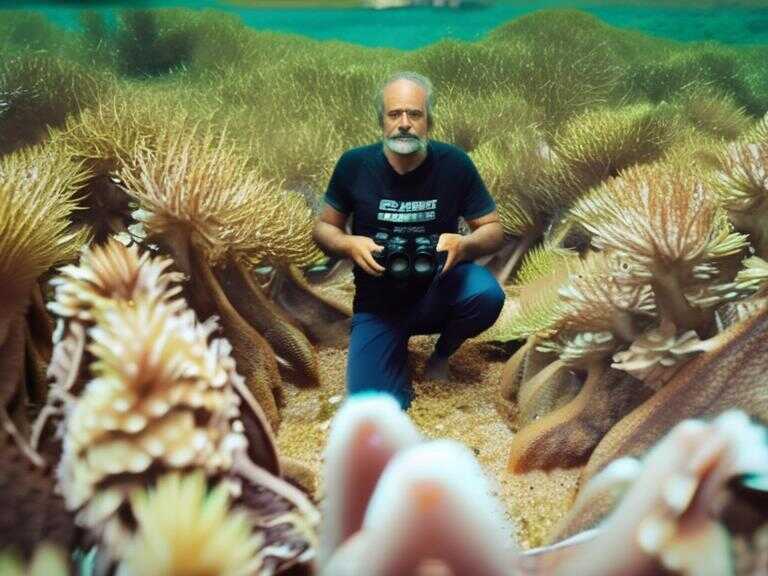
California Officials Investigate Poaching of Four Elk, Endangering Redwood Condors
Four elk killed in Redwood National Park prompt a poaching investigation, posing a threat to the region's condors. Public help is sought.

Authorities are currently investigating a distressing poaching incident that resulted in the deaths of four elk within California's renowned Redwood National Park. The illegal killing has also posed a significant and ongoing threat to the local condor population. Park rangers and California Fish and Wildlife wardens have launched a thorough inquiry into the matter and are seeking assistance from the public to apprehend the individuals responsible for this heinous act.
The Poaching Incident
The lifeless bodies of the elk were discovered earlier this month in the vicinity of Williams Ridge along Bald Hills Road, an area situated inland of the dense coastal forests for which Redwood National Park is celebrated. This location is widely recognized for its natural beauty and diverse wildlife, making the poaching incident an even more egregious affront to the sanctity of the park. It is important to note that the area in which the elk were killed is protected land within the park, where hunting is strictly prohibited under federal and state law.
Furthermore, it was determined that the four elk had been callously shot on a specific date - July 21. Of particular concern to the investigating authorities is the fact that no meat was taken from the slaughtered animals, indicating that the perpetrators' motives may have been solely for the thrill of the kill. A harrowing image released by the park service depicted two of the deceased elk lying in a patch of tall grass, serving as a poignant reminder of the senseless loss of life caused by the illegal actions of individuals. The deliberate and malicious nature of the poaching has sparked outrage and concern among wildlife conservationists and the public alike.
Redwood National and State Parks
Comprising a total of 133,000 acres of federal and state land in Northern California, Redwood National and State Parks are home to seven herds of elk, including the Roosevelt elk, a subspecies that has been successfully revitalized from the brink of extinction through dedicated conservation efforts. The park's website refers to the current population of Roosevelt elk as "a conservation success story" in the Pacific Northwest, underscoring the significance of the herds that inhabit the area. It is important to note that Roosevelt elk are only found in specific regions within California, further emphasizing the importance of protecting these animals and their natural habitat.
Endangered Condor Population
Tragically, the poachers responsible for the elk killings used lead ammunition, a detail that has raised grave concerns due to its potential impact on the recently reintroduced condor population in the Redwood region. The use of lead ammunition not only poses a direct threat to the condors but also jeopardizes the overall ecosystem and other wildlife in the area. The reintroduction of California condors to the region, a collaborative effort involving the National Park Service, the U.S. Fish and Wildlife Service, and the Yurok Tribe, represents a vital conservation initiative aimed at reviving the population of these endangered vultures. It is deeply disheartening that such efforts are being undermined by the reprehensible actions of poachers and illegal hunters.
Lead Poisoning Threat
The use of lead ammunition has raised alarms among wildlife experts and conservationists, as it significantly increases the risk of lead poisoning for scavenging animals such as condors. The ingestion of lead-tainted food can have severe and often fatal consequences for these endangered birds, posing a major threat to their survival. The park service has underscored the grave dangers of lead poisoning, citing scientific studies that highlight its detrimental effects on wildlife populations. Given the critical status of the California condor, it is imperative that measures are taken to prevent further exposure to lead contamination and mitigate its impact on the vulnerable species.
Share news















